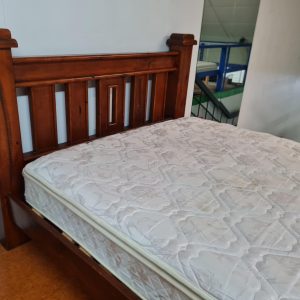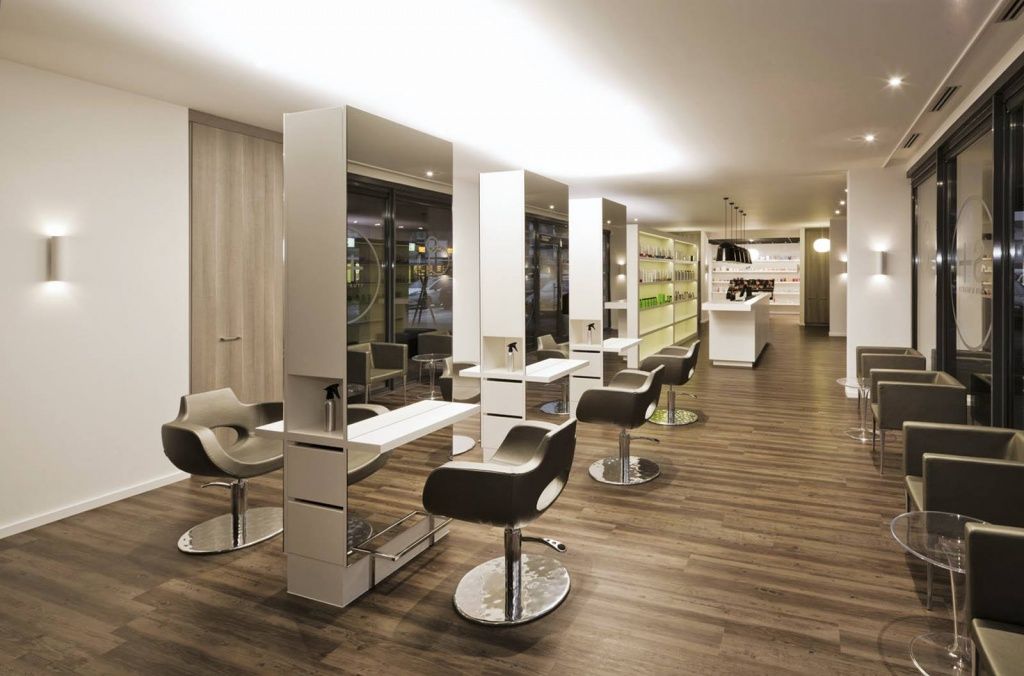Welcome to our guide on evaluating bed condition when purchasing a second hand bed. Buying second hand beds can be a great way to save money and be environmentally conscious. However, it is crucial to thoroughly inspect the bed’s condition to ensure you are making a wise investment.
In this blog post, we will walk you through the process of evaluating a second-hand bed, covering everything from initial inspection to hygiene considerations. So, let’s dive in and learn how to make an informed decision when buying a used bed.
-
Why Choose a Second Hand Bed:
Before we dive into the inspection process, let’s discuss why choosing a second hand bed can be beneficial. The most obvious advantage is cost savings. Second hand beds are often significantly cheaper than brand new ones, allowing you to get a high-quality bed at a fraction of the price. Additionally, buying a used bed contributes to environmental consciousness by reducing waste and promoting sustainability. However, it’s important to note that while second hand beds offer these benefits, a thorough inspection is necessary to ensure the bed’s condition meets your standards.
Initial Inspection
The first step in evaluating a second hand bed is to visually assess its overall condition. Check for any visible damages, stains, or signs of wear and tear. Look out for broken or chipped parts, as well as any loose screws or missing bolts. Ensure that all the components, including the headboard, footboard, and side rails, are intact. A comprehensive initial inspection will give you a good idea of the bed’s overall condition and help you decide if it’s worth further evaluation.
Frame and Structure Evaluation
A sturdy frame and structure are essential for a durable and long-lasting bed. To evaluate the frame, check for any cracks or signs of damage. Pay close attention to the joints, as loose or wobbly connections may indicate a weak structure. To test the bed’s sturdiness, gently shake or press down on different areas to ensure there is no excessive movement or squeaking. A solid frame and structure are crucial for ensuring a comfortable and safe sleeping experience.

Mattress Examination
The mattress is the most critical component of the bed, as it directly affects your comfort and sleep quality. Start by checking for any sagging, lumps, or unevenness in support. Lie down on the mattress and assess its firmness and overall comfort level. Be vigilant for any stains, odours, or signs of infestation, such as bed bugs. While it’s possible to clean or replace a mattress, it’s essential to consider these factors before making a purchase.
Hygiene Considerations
Hygiene is a significant concern when buying a used bed. While the bed may appear clean on the surface, hidden areas like seams and crevices can harbour dirt, dust, and even pests. Use a flashlight to thoroughly examine these hard-to-reach spots. Additionally, inquire about the previous owner’s hygiene practices. Did they regularly clean and maintain the bed? This information will give you a better understanding of the bed’s overall cleanliness.
Allergens and Dust Mites
If you or your family members suffer from allergies, it’s crucial to take steps to minimise potential allergens when purchasing a second hand bed. Consider investing in a mattress protector or hypoallergenic bedding options to create a barrier between you and any potential allergens. Before using the mattress, vacuum or steam clean it to remove dust mites, which can trigger allergic reactions. Taking these precautions will help create a healthier sleep environment.
Odor Elimination:
Unpleasant odours can be off-putting when buying a used bed. To eliminate any unwanted smells, try using baking soda or fabric deodorisers. Sprinkle baking soda on the mattress and let it sit for a few hours to absorb any odours. Vacuum it off afterwards. Alternatively, you can use fabric deodorisers specifically designed for mattresses. Additionally, airing out the mattress in sunlight can help freshen it up and eliminate any lingering odours.
Warranty and Return Policies
Before finalising your purchase, it’s essential to inquire about any available warranty or return policies. Check if the warranty is transferable and understand the coverage terms. Knowing the seller’s policies will give you peace of mind and protection in case the bed does not meet your expectations. It’s advisable to thoroughly read and understand the warranty and return policies before making a final decision.
Conclusion:
Evaluating bed condition when buying second hand beds is crucial to ensure quality, comfort, and hygiene. We have discussed the importance of thoroughly inspecting the frame, mattress, and overall cleanliness of the bed. Additionally, we provided tips on minimising allergens, eliminating odours, and understanding warranty and return policies. By following these guidelines, you can make an informed decision when purchasing a used bed. Remember, a little extra effort during the evaluation process can save you from future discomfort and inconvenience. Happy bed hunting!




